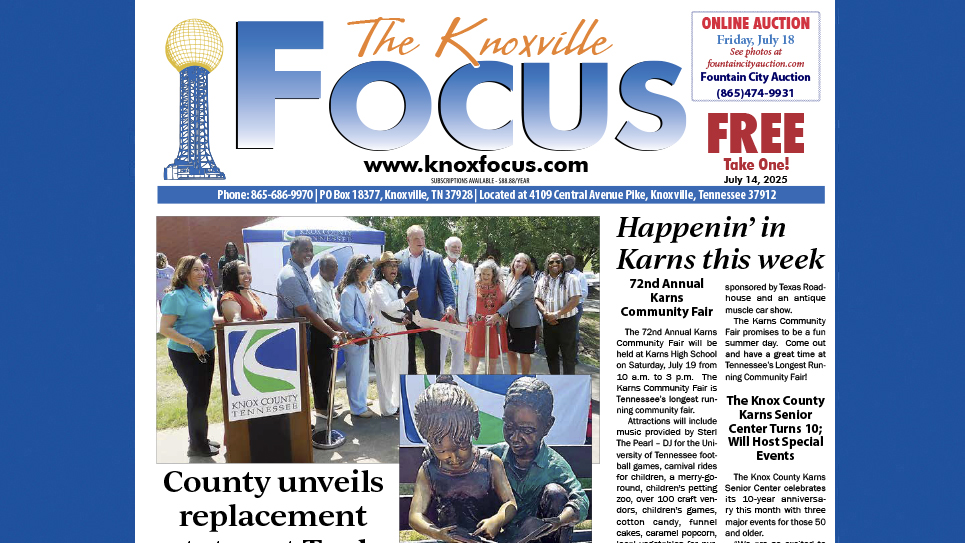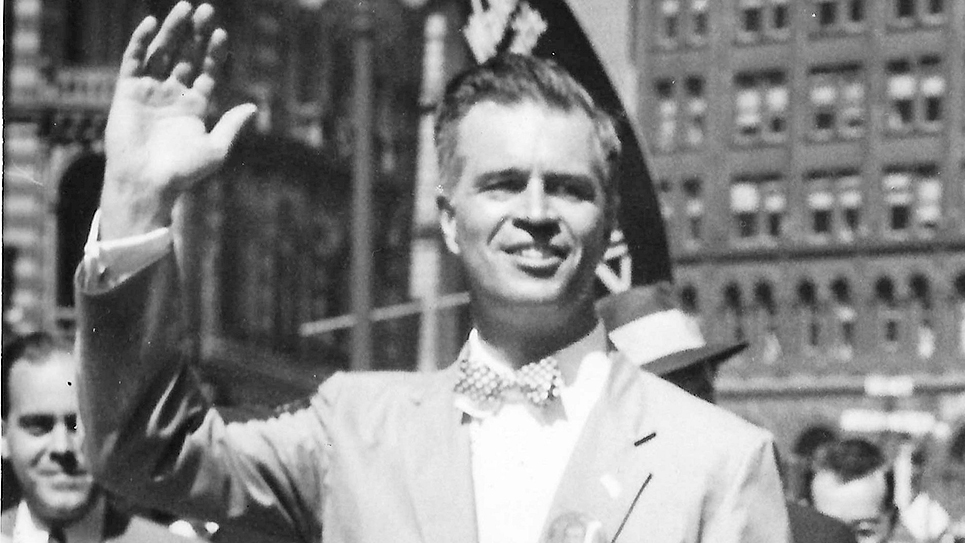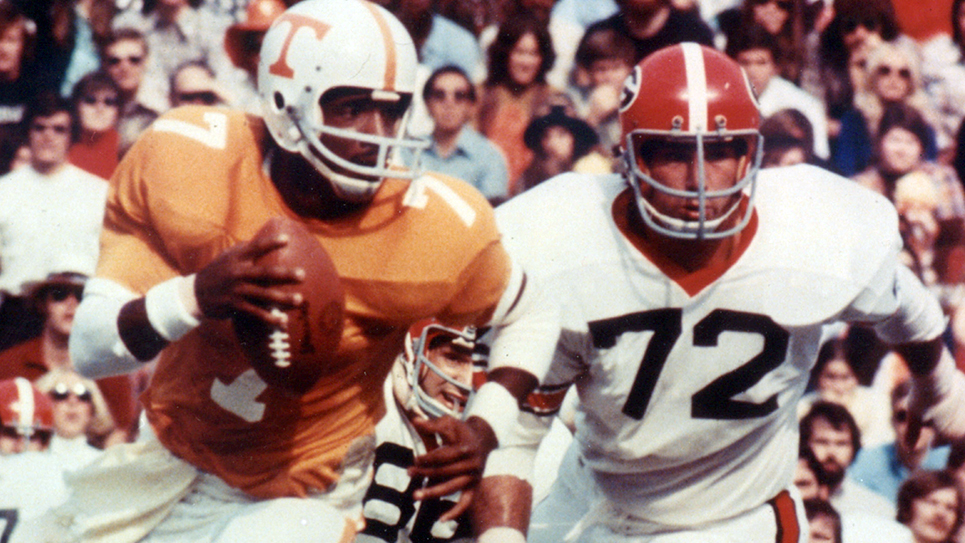By Tom Mattingly
At its annual Awards Banquet, held April 8 in Knoxville, the East Tennessee Writers Hall of Fame honored long-time Knoxville journalist Marvin West with its “Lifetime Achievement Award” honoring his legendary professional career. He wouldn’t like being called a legend, but he is one.
West, 87, traces his sportswriting bona fides to his sophomore year at the University of Tennessee, where he was sports editor of the school newspaper, then called the Orange and White.
One of his claims to fame, other than making $25 a week, came Sept. 25, 1954, in the press box at Crump Stadium in Memphis, where the Vols were in town to play Mississippi State. A Tennessee tailback wearing No. 45 ended up in the backfield and scored a touchdown. Media types wanted to know: “Who was that?”
No one else knew who he was, but Marvin did because he had a geology class with him back in Knoxville. His name was John Terrill Majors, hailing from either Huntland or Lynchburg, each small town claiming him as one of their own. Career paths were thus launched… for John Majors and for Marvin West.
On graduating, Marvin went to work at the Knoxville News-Sentinel. His salary was $55 weekly. He spent 30 years covering the sports scene, mainly at the University of Tennessee, before being named sports editor in 1980. He became managing editor in 1983.
In 1985, Scripps-Howard sent him to Washington, D.C. He directed coverage of six Olympics. He was present under the upper deck at Candlestick Park in San Francisco in an auxiliary press box during the 1989 World Series earthquake (Oct. 17, 1989, at 5:04 p.m.). That experience led to a column (“an unusual one,” he termed it) titled, “What a Man Thinks When He Thinks He Is Going to Die.”
He covered the Vols from coast to coast, from sea to shining sea. He was in Starkville, Miss., in March 1967, when the Vols won the SEC basketball title with a three-overtime win that tested everybody’s patience and Vol center Tom Boerwinkle’s endurance. Boerwinkle played 55 minutes that night, defying the critics who challenged his physical abilities. Marvin ended up being thrown in the shower (in his suit, minus watch and wallet) by the celebrating Volunteers and wore a Tennessee warmup suit on the flight home.
He greeted Doug Dickey on his arrival in Knoxville on an early December Monday morning in 1963, capturing the event with his Rolleicord camera. The picture made it into that afternoon’s edition, thus providing the Sentinel’s readership with the first shot of Dickey in Knoxville. He also covered Dickey’s final game at Tennessee in the 1969 Gator Bowl and his departure a few days later to Gainesville, Fla.
He covered the “Bernie and Ernie Show” in the mid-1970s when all eyes were on Stokely Center and attuned to Marvin’s incisive coverage.
When the Vols were scrimmaging at Neyland Stadium one Saturday afternoon, a News-Sentinel photographer was stationed on the west sideline chronicling the action. The play went in her direction, and she (and her camera) ended up under a host of orange and white jerseys. Marvin surveyed the scene carefully and offered this observation: “I wonder how the camera is?”
He wrote “Tales of the Tennessee Vols, Volunteer Legends, Landmarks, Laughs, and Lies.” In it, he recounted the 1960s race held somewhere in the Coker Creek community in Monroe County. The event featured three races between Vol wide receiver Richmond Flowers and a local horse, a contest promoted by Vol quarterback Dewey Warren. Richmond won two of the three races. Dewey made a bundle handing the wagering.
He also penned “Legends of the Tennessee Vols,” highlighting 26 former players who helped define the history of Tennessee football, “Thank you, Lord,” a history of Powell’s Beaver Creek Cumberland Presbyterian Church, and “Spizzerinctum: The Ray Bussard Story,” a biography of Tennessee’s longtime men’s swim coach.
Marvin has also written uncounted newspaper and magazine features and columns. He recalls penning numerous missives on winter Sundays during basketball trips when the Vols played on Saturday and Monday, and Marvin had all kinds of time to kill on Sunday afternoon.
Today, he writes for the website KnoxTNToday.
Marvin is a member of the Greater Knoxville Sports Hall of Fame and an honorary member of the University of Tennessee Lettermen’s T-Club. He was the first journalist from Tennessee inducted into the U.S. Basketball Writers Hall of Fame.
He and his wife, Sarah, have a home in Maynardville and four children and eight grandchildren.
His career as a journalist speaks for itself. It’s been quite a lifetime, one filled with great achievement. That’s why this award honors “Lifetime Achievement.” He’s an amazing man, who has been a significant mentor over the years.






